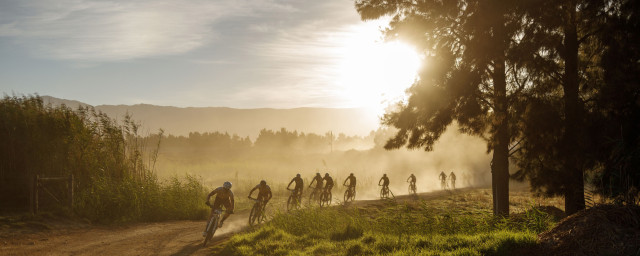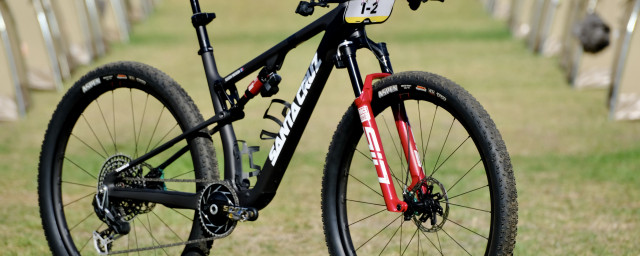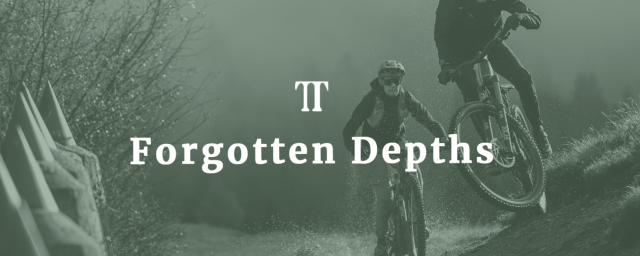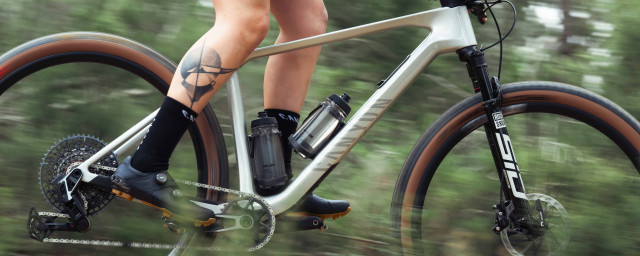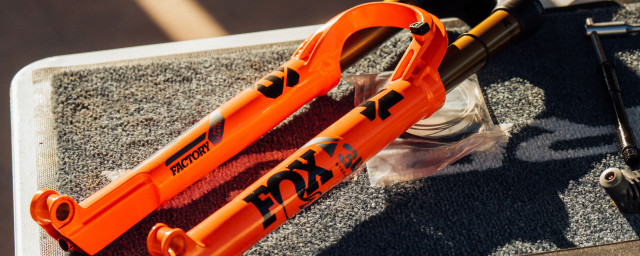Buyer’s guide to kid’s mountain bike helmets: how to choose the best lid for your racer-in-waiting

With so many types and styles to choose from, buying the best kids’ mountain bike helmet is not an easy task. Whether you’re buying your little ripper a helmet to go with a shiny new bike or replacing a lid that’s been outgrown, you’ll have probably noticed that these days there are almost as many options available for kids as there are for adults.
- How to buy the best mountain bike for your child - whatever their age
- The best mountain bike trail and enduro helmets - tried, tested and reviewed
- When should you replace your bicycle helmet?
As well as factoring in their age, the key point you need to consider when choosing the most suitable helmet for junior is the kind of riding that he/she does.
Rather than considering whether they will be riding cross-country, trail or downhill (though more on this later), think more about the way they ride their bike – ie, their level of skill, their riding confidence and how often (or how hard) they tend to crash.
Obviously, you want a helmet that affords the maximum level of protection, but you need to balance that with getting a helmet that is both comfortable and desirable to avoid potential meltdowns when it comes to putting it on.
With smaller bodies and the tendency to do everything at 1,000 mph, kids easily and rapidly overheat, so ideally you want a helmet that keeps them as cool as possible while still providing a high level of protection – particularly when he/she is still learning to pilot their bike. Look for decent levels of venting and avoid anything that’s particularly weighty.
Your child will take far less care of their helmet than you do with yours, so look for models that are likely to be more durable as they will get chucked on the floor, booted around like a football, or worse. Exposed outer areas of EPS (polystyrene) are the most likely candidates for damage, so look for helmets that keep this to a minimum – particularly around the brim.
Finally, and most importantly, ensure you choose a helmet that fits well. Fortunately, getting a decent fit is a little easier than in adult helmets, as most kid’s lids just come in one size with a wide range of cradle adjustment that’s easy to dial in. It’s a good idea to choose a model that has enough expansion capacity to continue to fit as your child’s head grows though.
Early riders
Unless your child is just as adept astride a balance bike as they are at toddling, they are unlikely to need a helmet until they reach their second or, more likely, third year.
Go for protection over ventilation for their first helmet as speeds are likely to be low, while crashing potential will be high. Something like the Abus Scraper 3 is ideal as it’s super robust and has a deep fit for maximum head protection.
Getting on to pedal power
Once junior has progressed on to pedal bikes, choosing a helmet becomes a little trickier as speeds increase along with pedalling effort. While it’s tempting to stick with the highest levels of protection (particularly with riders new to pedal bikes), a combo of minimal venting and frenzied exertion is likely to result in an overheated rider – particularly in warmer weather of course.
With a decent number of small vents and good all-around coverage, helmets like the Sidetrack from Bell represent a decent marriage of head protection and ventilation. For extra protection, go for the MIPS version, though it does cost a little more.
Not-so-little rippers
As your child gets older and their head size increases, slightly smaller versions of adult helmets become available to them. Such helmets are as fully featured as the grown-up varieties and start to fall more clearly into identifiable categories such as trail, cross-country and enduro to best suit the riding your offspring is doing.
For all-around riding though, trail helmets are the best way to go. There’s plenty of fully featured models such as the Giro Tremor and the Bell Spark Jr. which offer excellent venting, deep coverage and a decent weight.
For a full explanation of the different helmet technology you’re likely to encounter at the older end of the kids’ range, see our buyer's guide to adult helmets here.





